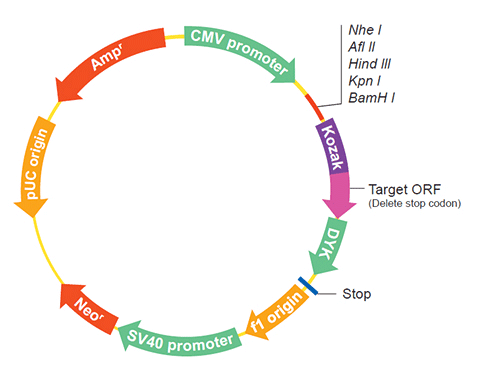| Gene Symbol | azin2 |
| Entrez Gene ID | 548747 |
| Full Name | antizyme inhibitor 2 |
| Synonyms | adc,azi2,odc-p,odc1l,odc2,xodc2 |
| General protein information |
|
| Gene Type | protein-coding |
| Organism | Xenopus tropicalis(tropical clawed frog) |
| Summary | The protein encoded by this gene belongs to the antizyme inhibitor family, which plays a role in cell growth and proliferation by maintaining polyamine homeostasis within the cell. Antizyme inhibitors are homologs of ornithine decarboxylase (ODC, the key enzyme in polyamine biosynthesis) that have lost the ability to decarboxylase ornithine; however, retain the ability to bind to antizymes. Antizymes negatively regulate intracellular polyamine levels by binding to ODC and targeting it for degradation, as well as by inhibiting polyamine uptake. Antizyme inhibitors function as positive regulators of polyamine levels by sequestering antizymes and neutralizing their effect. This gene encodes antizyme inhibitor 2, the second member of this gene family. Like antizyme inhibitor 1, antizyme inhibitor 2 interacts with all 3 antizymes and stimulates ODC activity and polyamine uptake. However, unlike antizyme inhibitor 1, which is ubiquitously expressed and localized in the nucleus and cytoplasm, antizyme inhibitor 2 is predominantly expressed in the brain and testis and localized in the endoplasmic reticulum-golgi intermediate compartment. The exact function of this gene is not known, however, available data in mammals suggest its role in cell growth, spermiogenesis, vesicular trafficking and secretion. Tissue-specific and temporal expression of this gene in frog also suggests a role in embryonic development. There has been confusion in literature and databases over the nomenclature of this gene, stemming from an earlier report that a human cDNA clone (identical to ODCp/AZIN2) had arginine decarboxylase (ADC) activity (PMID:14738999). Subsequent studies in human and mouse showed that antizyme inhibitor 2 was devoid of arginine decarboxylase activity (PMID:19956990). [provided by RefSeq, Sep 2014]. |
HOME






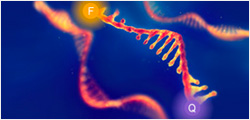


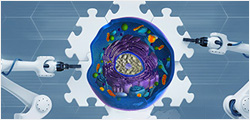
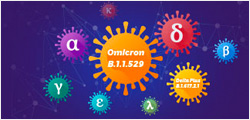
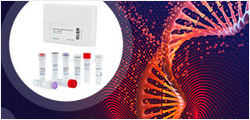


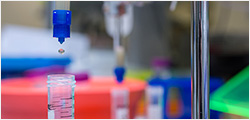



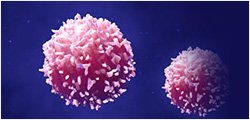




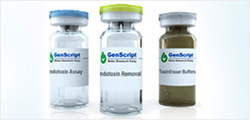
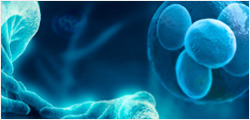

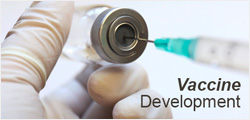
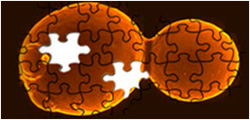














 User Manual
User Manual